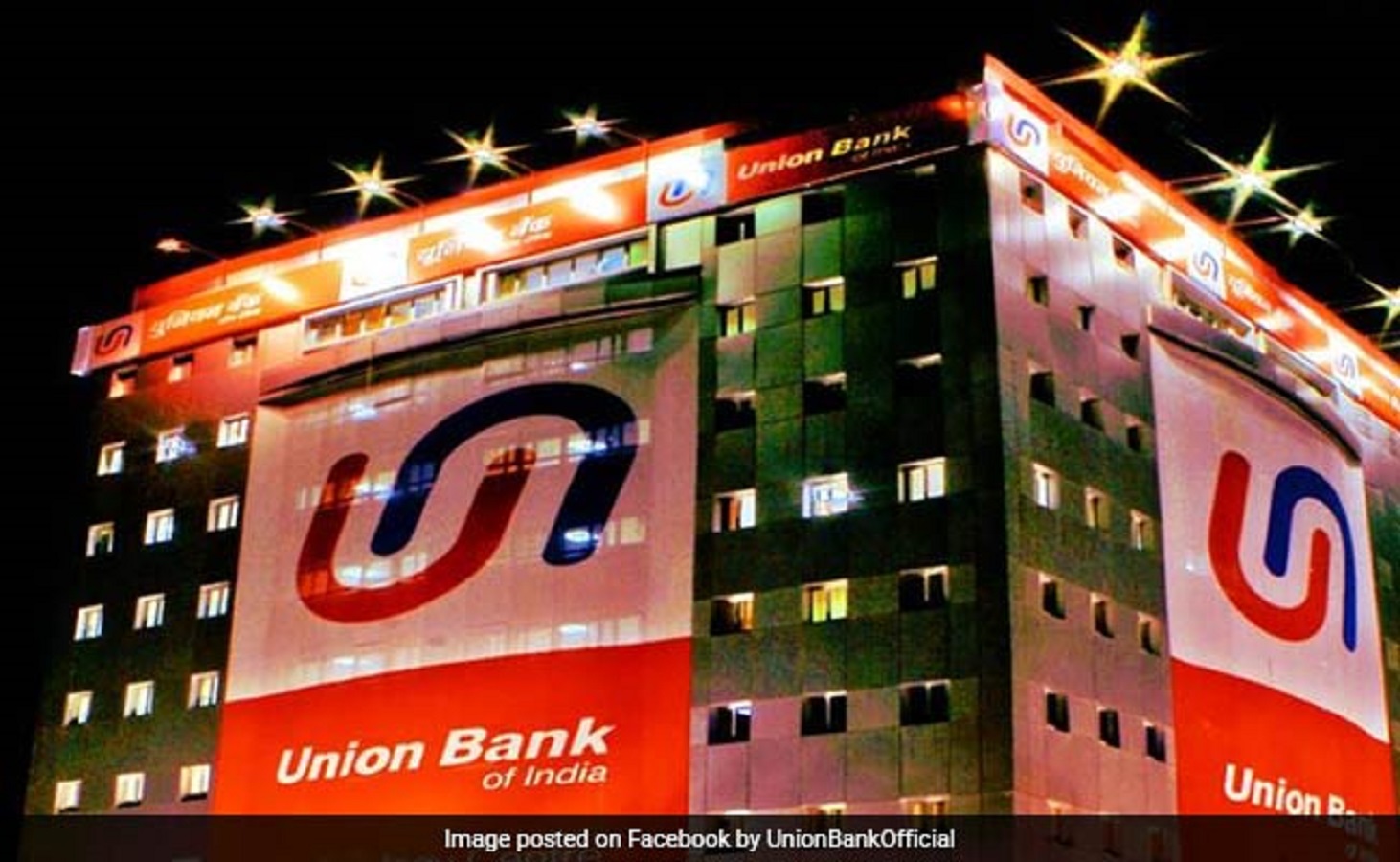GURUGRAM:
SpiceJet, the country’s favourite carrier, reported a profit of INR 55.1 crore for the quarter ending December 31 st , 2018 as against INR 240 crore in the same quarter last year.
A strong 8% increase in passenger yields helped partially offset record high cost due to an increase of 34% in crude oil prices and 11% depreciation of the Indian Rupee against the USD. The combined effect of these cost escalations was approximately INR 329 crore. The Company also reversed some portion of its provisions on its FOREX obligations taken during the previous quarter for this financial year.
Total income stood at INR 2,530.8 crore for the reported quarter as against INR 2,096.1 crore in the same quarter last year. For the same comparative period, expenses were INR 2,475.8 crore as against INR 1,856.1 crore. On an EBITDA basis, SpiceJet reported a profit of INR 135.5 crore.
On an EBITDAR basis, the company reported a profit of INR 478.6 crore. Expenses per ASKM increased by 14% on account of 34% increase in ATF and 11% increase in exchange rate. SpiceJet yet again excelled on operational parameters to report the highest passenger load factor amongst all airlines in the country all through the quarter. The average domestic load factor for the quarter was 91.6%. The airline has registered the industry’s highest load factor for a record 45 successive months.
Between October and December 2018, SpiceJet has added 12 new planes – nine Boeing 737 MAX 8 aircraft and three Q400s. At the end of the reported quarter, SpiceJet’s fleet size stood at 74 which included 37 Boeing 737 NG aircraft, 10 737 MAX 8, 26 Q400s and one B737 freighter. The new airplanes have and will further enable SpiceJet to open new routes, while dramatically reducing the fuel and engineering costs, besides cutting down on noise pollution and greenhouse gas emissions. In 2019, the airline intends to carry on with its plans for aggressive network expansion – both domestic and international – and setting new benchmarks in regional connectivity. The Company has seven Boeing MAX and one 737 freighter lined up for inductions during the last quarter of this financial year.
The macro environment has improved substantially. India remains the world’s fastest growing aviation market and has witnessed a 17% growth in passenger traffic in the current financial year till December 2018 (as compared to the same period last year). This is on the back of around 19% annual growth for the preceding two years. India has 100 operational airports and another 20 odd airports are likely to be added to the country’s aviation map in the next one-and-a-half years. Crude prices have remained steady in the range of $60-65/barrel as against a peak of $80- 85/barrel in the previous two quarters.
Ajay Singh – Chairman and Managing Director, SpiceJet said, “Despite the huge cost escalation in ATF and exchange rate, SpiceJet has done remarkably well thanks to our superior revenue performance, tight control on other costs and the continued confidence our passengers have shown in the airline. With a strong improvement in the macro cost environment and the increasing induction of the fuel efficient MAX aircraft, the outlook looks stronger than it has over the past year.”
“We continue to pursue our ambitious growth plans religiously as we to introduce new maiden flights, lead the government’s UDAN initiative, add new aircraft and explore newer growth avenues while keeping our costs under check. With sector headwinds having subsided, we are bullish on our future prospects and will continue to invest aggressively in creating capacity in line with our forecasts. The new generation 737MAX aircraft with its cost efficiencies and increased revenue opportunities (due to superior payload performance) will become a substantial portion of our Boeing fleet further improving our margins. The increased seating capacity on the Bombardier Q400s will also result in improved margins.”
Being the country’s largest regional player, SpiceJet has been at the forefront as the most enthusiastic supporter of UDAN and operates 23 daily flights under the regional connectivity scheme. The airline most recently won 36 new sectors under the third round of bidding of which two cater to the unserved markets of Ghazipur and Jharsuguda whereas nine are for the underserved markets of Adampur, Agra, Belagavi, Bhavnagar, Durgapur, Gwalior, Kishangarh, Pantnagar, and Tanjore.
With the introduction of the Kolkata-Lakhimpur flight, SpiceJet now flies to 51 domestic destinations while Jeddah will be our ninth international destination. SpiceXpress, the airline’s cargo arm, began services from Guwahati to Hong Kong and Dubai during the quarter. SpiceXpress will add upto 5 more freighter aircraft in this calendar year.




